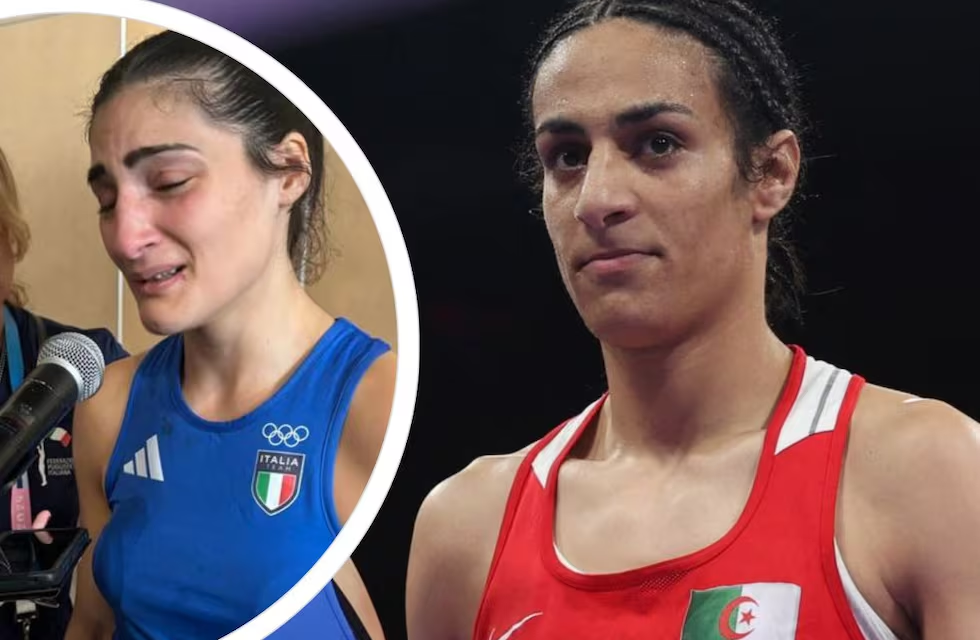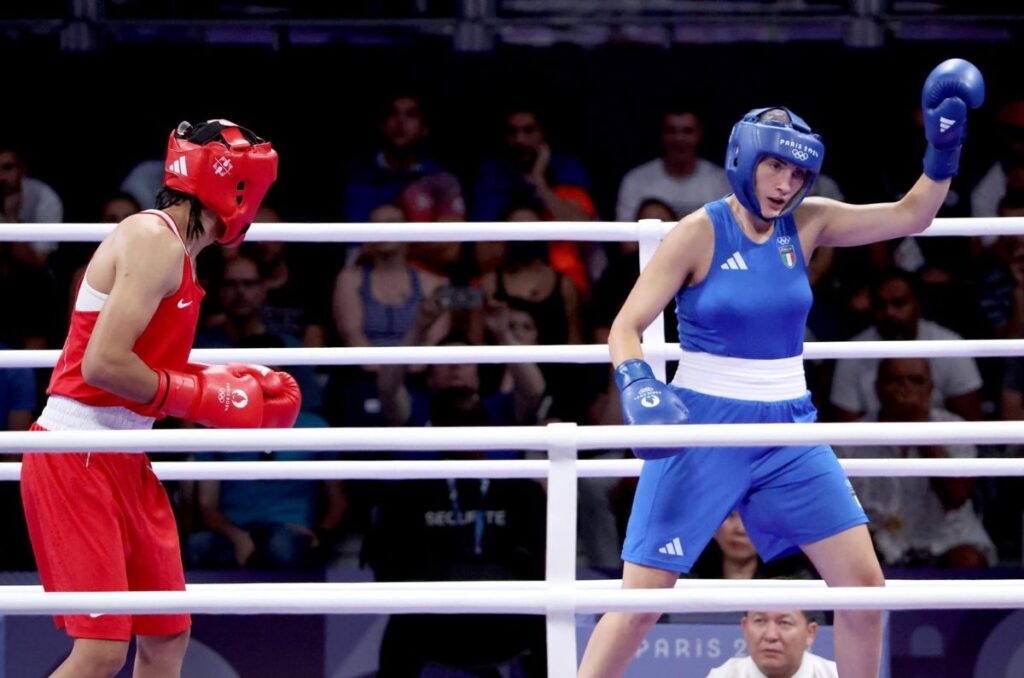At the recent Olympic Games in Paris, an intense controversy erupted after the defeat of the Italian boxer. Angela Carini against her Algerian opponent. The controversy stems from the fact that the Algerian boxer Imane Khelif has been accused of not complying with gender requirements, according to the International Boxing Association (IBA) because of Testosterone levels that are inammissible by the IBA and regular by the Olympic Committee. International Olympic Committee (IOC), as she is a transgender athlete and therefore meets the IOC standards for female competitors.
Algeria's Imane Khelif advanced to the next round of boxing in the Paris 2024 Olympic Games And, as a result of this controversy, it began to circulate on social media that the African athlete had taken sporting advantage during the fight because she is a "trans woman" who possesses "male hormones".
The situation has generated a strong political division. On the one hand, some politicians and LGBTQ+ rights advocates argue that the inclusion of transgender athletes is a necessary step towards equality and acceptance. They believe that sport should be an inclusive space where everyone, regardless of their gender identity, can compete on equal terms.
On the other hand, conservative politicianss among them, the president of the Italian government Giorgia Meloni and sports figures have expressed their concern and rejection, noting that allowing transgender athletes to participate, especially in sports that rely heavily on physical strength, it can be unfair to cisgender women. They argue that biological differences between men and women cannot be ignored and that attempts to equalise these differences through hormonal and chemical treatments do not eliminate the inherent advantages derived from biological sex.

This complaint comes in addition to another case, that of Taiwanese boxer Lin Yu-Ting, who will compete in boxing for the first time on Friday 2 August, and who had also been singled out as a "trans woman" in the run-up to the Olympic Games.
However, this is false. There is no evidence that Khelif is transgender.. The disinformation comes after the International Boxing Association (IBA) disqualify Khelif from a tournament in 2023 for allegedly having "high levels of testosterone in his system".
However, according to experts, a cisgender woman (i.e. a person whose gender identity and sex assigned at birth are the same) may have high levels of this hormone - which is not exclusive to men - due to different health problems.
The International Olympic Committee published a communiqué after the misinformation became known and clarified that "Khelif complies with the eligibility rules" and that "everyone has the right to play sport without discrimination".
In addition, Algeria criminalises the LGBT+ community. LGBT+ people have no legal recognition, and transgender people are banned from participating in professional boxing matches, let alone the Olympic Games.
This case highlights a wider debate about equality and human nature. Despite efforts to impose complete equality in all areas, it is crucial to recognise that men and women are biologically different. These attempts to modify our nature and alter our genes with chemical and hormonal treatments often prove problematic and controversial.
Sport, as a reflection of society, faces a complex dilemma. Inclusion and equality are laudable goals, but they must be balanced with the need to maintain equity and fair competition. In this regard, it is vital to find an approach that respects and recognises biological differences without sacrificing the integrity of sport.
The controversy over the Italian boxer and her Algerian opponent is just one example of the challenges we face in trying to harmonise equality with biological reality. It is a reminder that while the quest for inclusion is important, it must be done with care and consideration, respecting both individual rights and the inherent differences between the genders.








